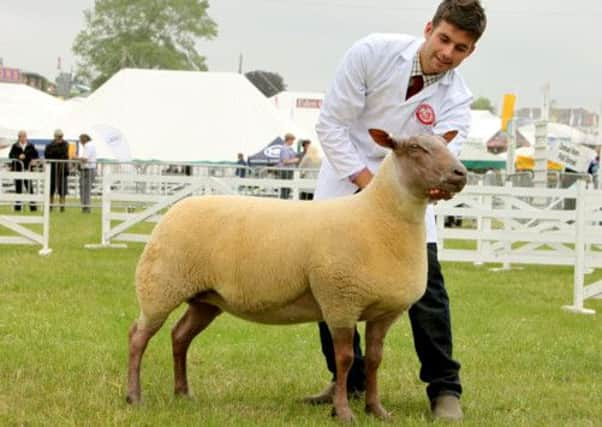Rare sight as at-risk sheep flock together for anniversary parade


The impressive feat was accomplished by the Rare Breeds Survival Trust (RBST) to celebrate the charity’s 40th anniversary this year. Each of the breeds brought to the show by the RBST for the parade is on the organisation’s “at-risk” list.
Lyn Arrowsmith, chairwoman of the charity’s York-based support group, was one of those who co-ordinated the parade which took place in the sheep ring at 4pm yesterday. The spectacle will be repeated again today, the final day of the show, at 1pm.
Advertisement
Hide AdAdvertisement
Hide AdMrs Arrowsmith brought three rare breeds to the show herself: Manx Loaghtan, natives of the Isle of Man; Devon and Cornwall Longwools; and the most rare breed of all, the Boreray, natives of St Kilda, the remotest part of the British Isles in Scotland’s Outer Hebrides.
She said: “It’s very rare to bring all the at-risk breeds together. It has taken six months of planning because the breeds are found so few and far between so it was a real challenge to get them all here.
“We have had to train some of them because some of these breeds are quite lively because they are not used to showing.”
Other breeds have been brought to the show from places including Lincolnshire, Scarborough and Wales.
Advertisement
Hide AdAdvertisement
Hide AdThe rare breeds have been brought together to be paraded at the Great Yorkshire before, but this year’s showpiece is the first time that a full parade of at-risk breeds has taken place at the Harrogate showground for 15 years.
No native livestock breed has become extinct since the RBST was formed in 1973.
Prior to its inception, 26 breeds native to the UK were lost as a result of changes to farming methods and an increasingly intensive approach to food production.